Tile Patterns: Elevate Your Space with Stylish Designs
When it comes to home renovation or interior design, tile patterns can completely transform the look and feel of a space. Whether you’re tiling a kitchen backsplash, a bathroom floor, or a living room wall, the pattern you choose can create a striking visual impact. In this blog post, we’ll explore four popular tile patterns: herringbone, straight stack, brick lay, and basket weave. By understanding the nuances of each pattern, you can make an informed choice that complements your unique style and space.
The Herringbone Pattern: A Timeless Classic
The herringbone pattern is a classic choice that never goes out of style. Its name is derived from the resemblance to the bones of a herring fish, creating a distinctive “V” shape. This pattern can be laid in two primary ways: herringbone and 90° herringbone.
Herringbone
- Layout: In herringbone, tiles are arranged in a zigzag pattern, with each tile meeting at a right angle. This creates a striking visual effect that adds depth and movement to a space.
- Best Suited For: This pattern works beautifully as a kitchen backsplash or a bathroom floor, offering a sense of sophistication and elegance.
- Design Tip: Use contrasting grout colors to highlight the intricate pattern, or choose a subtle grout for a seamless look.
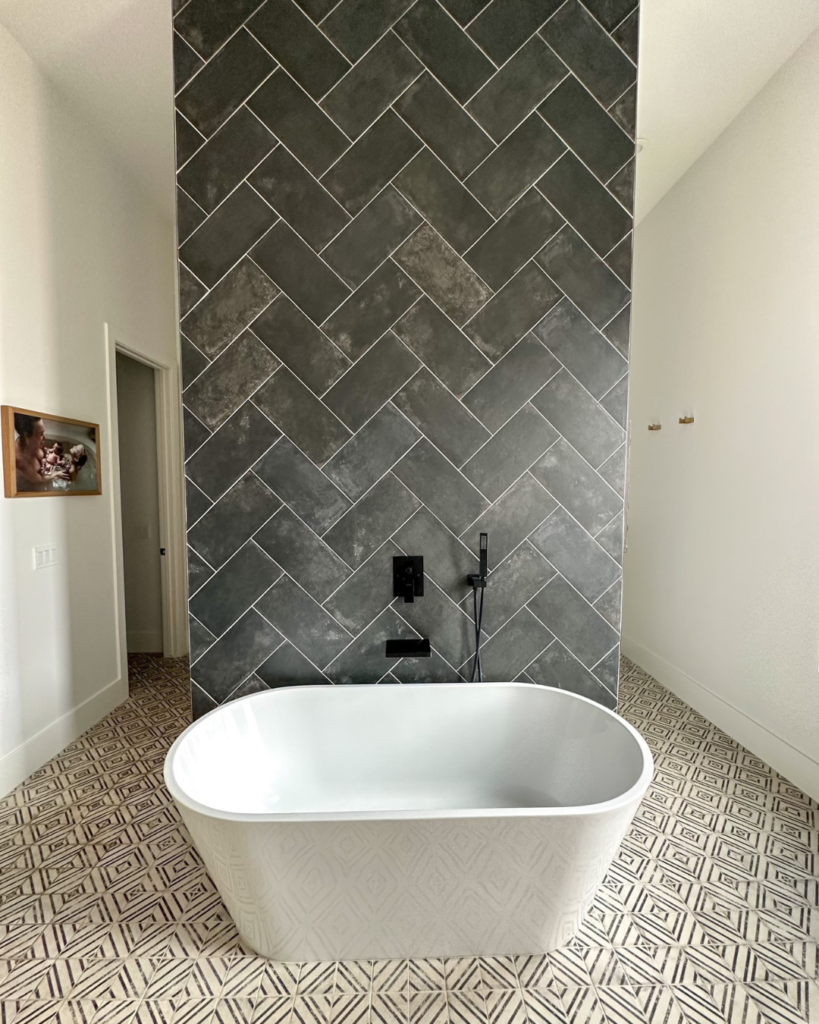
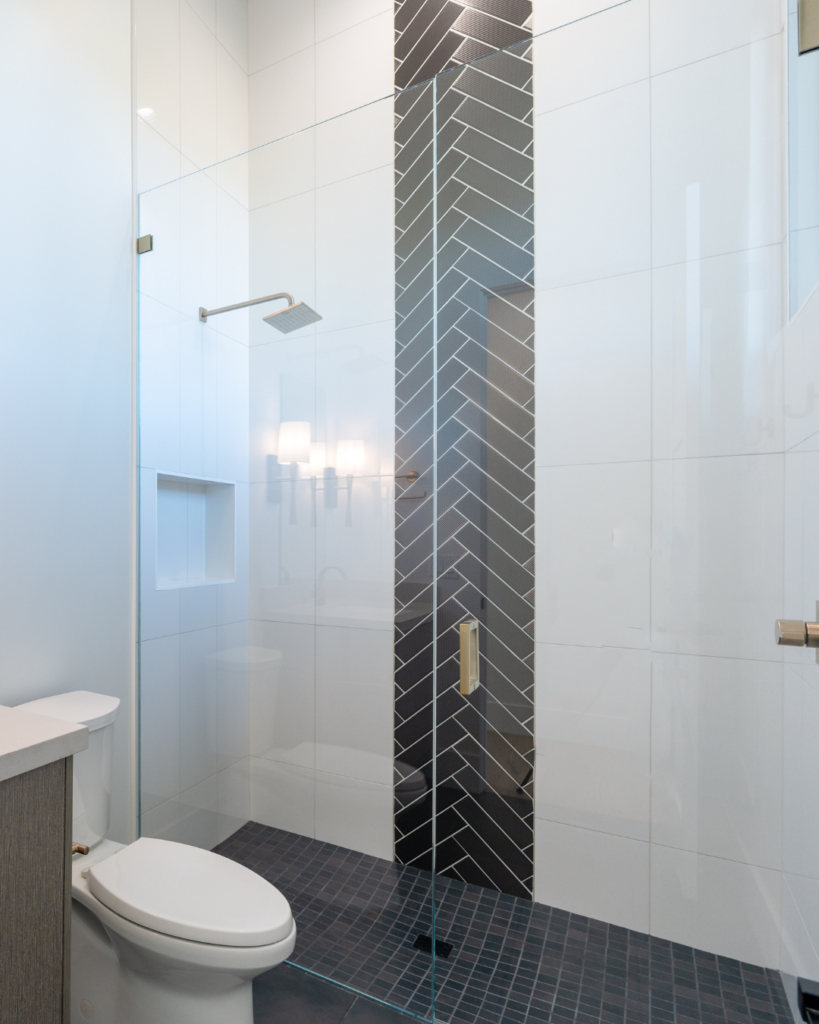
90° Herringbone
- Layout: In 90° herringbone, tiles are arranged in a zigzag pattern, with each tile meeting at a right angle. This creates a striking visual effect that adds depth and movement to a space.
- Best Suited For: This pattern works beautifully as a kitchen backsplash or a bathroom floor, offering a sense of sophistication and elegance.
- Design Tip: Use contrasting grout colors to highlight the intricate pattern, or choose a subtle grout for a seamless look.
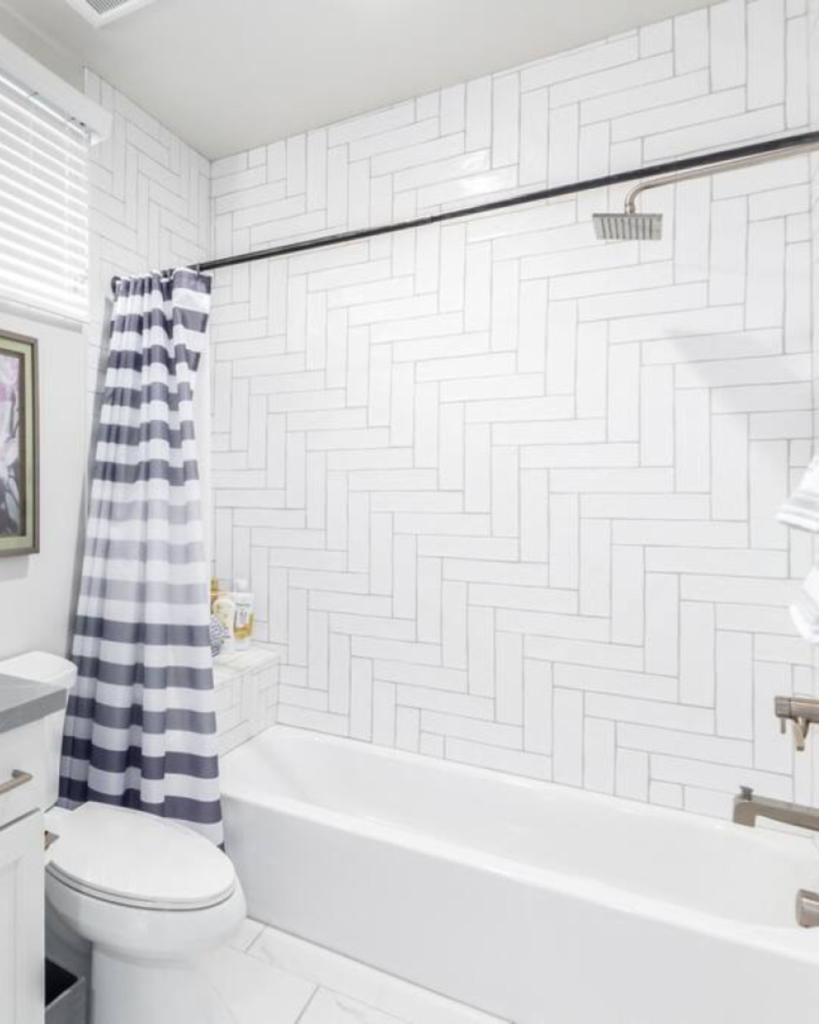
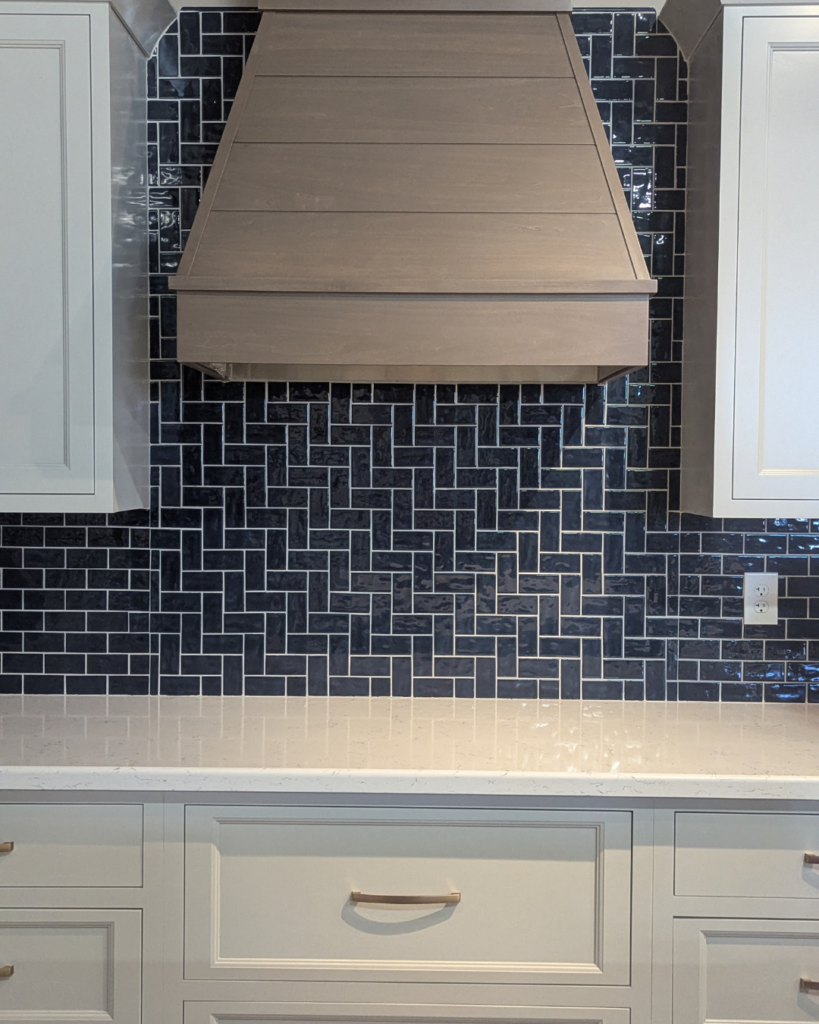
The Straight Stack Pattern: Modern Minimalism
The straight stack tile pattern is the epitome of modern minimalism. It’s characterized by clean lines and a structured layout, making it a popular choice for contemporary designs. This pattern can be laid either vertically or horizontally.
Vertical Straight Stack
- Layout: Tiles are stacked in straight vertical lines, creating a sleek and linear appearance.
- Best Suited For: Perfect for accent walls or showers, as it draws the eye upward, making ceilings appear higher.
- Design Tip: Consider using elongated tiles to accentuate the vertical lines and heighten the sense of space.
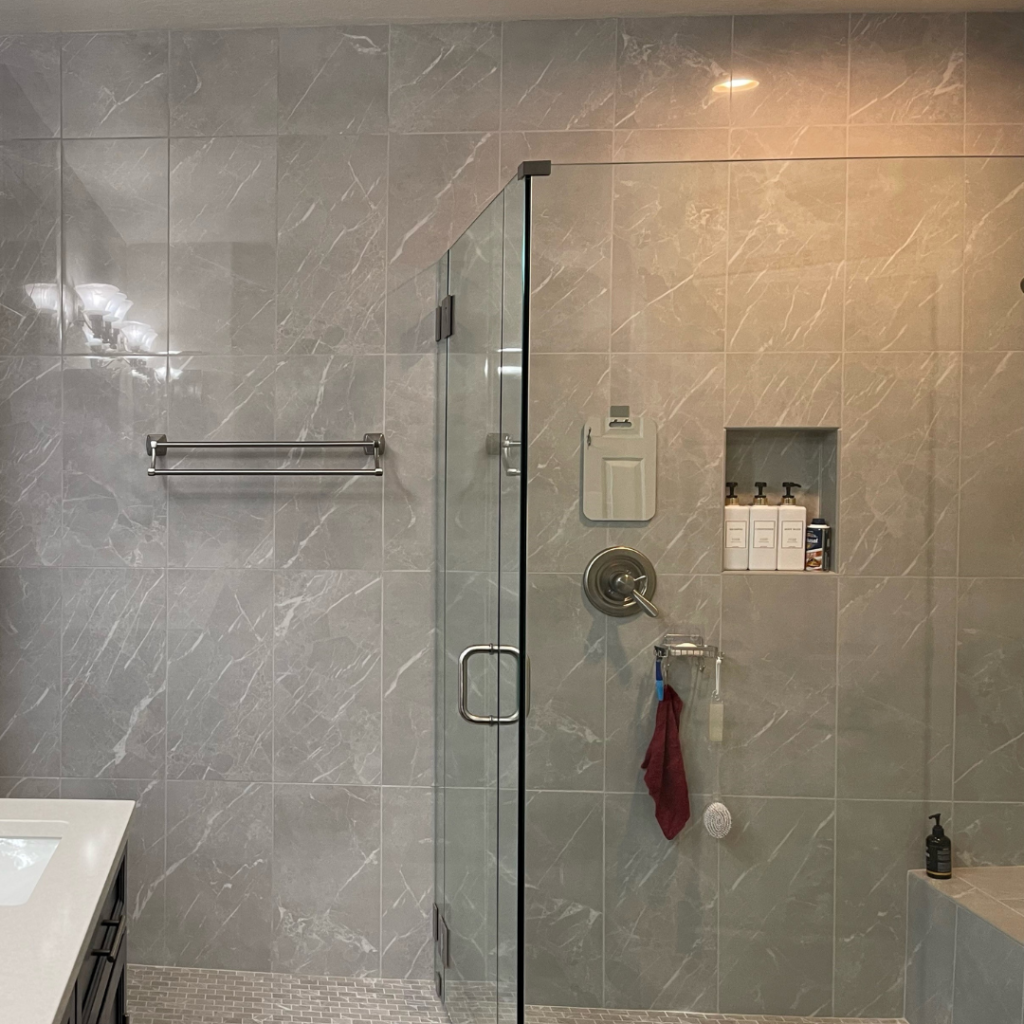
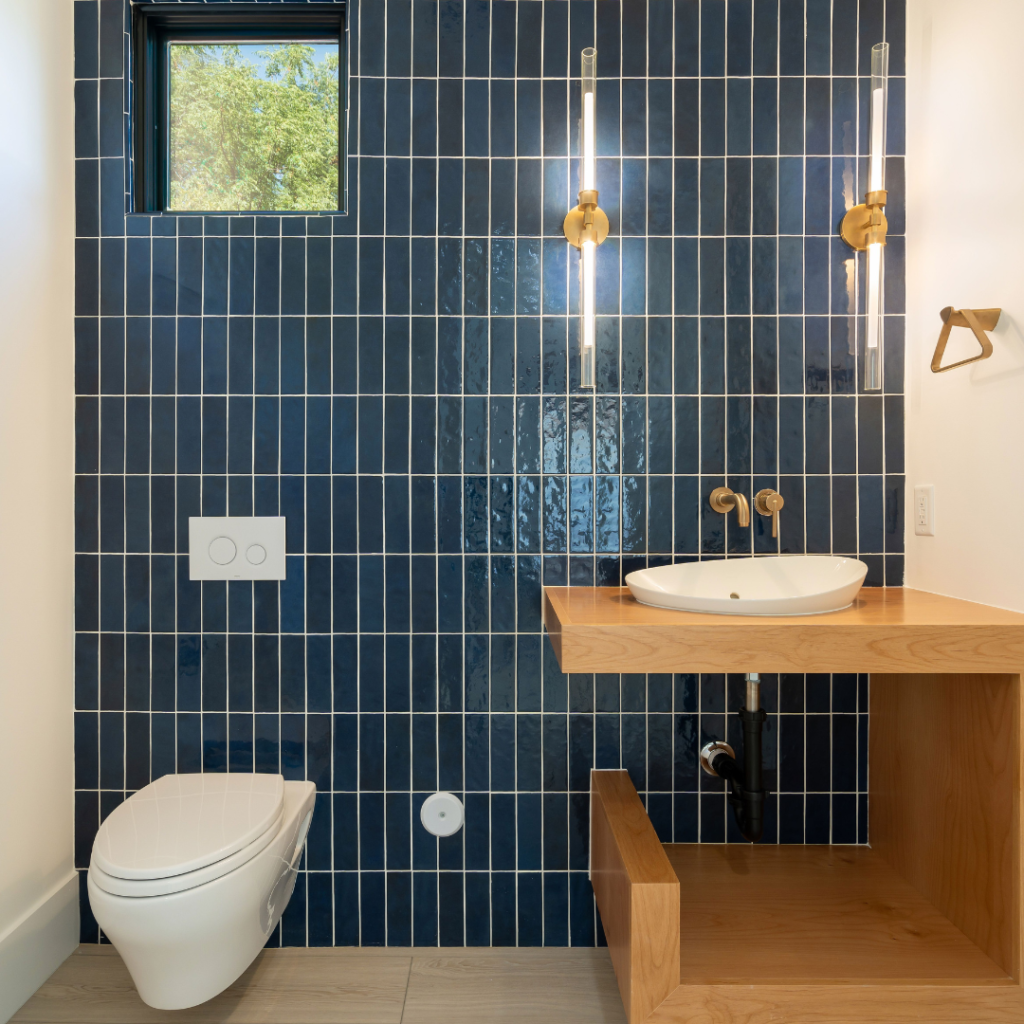
Horizontal Straight Stack
- Layout: In this variation, tiles are laid in straight horizontal rows, providing a neat and orderly look.
- Best Suited For: Highly effective for kitchen backsplashes or expansive floors, as it emphasizes width and creates a sense of continuity.
- Design Tip: A bold tile color can make a dramatic statement in this pattern, especially against a contrasting wall color.
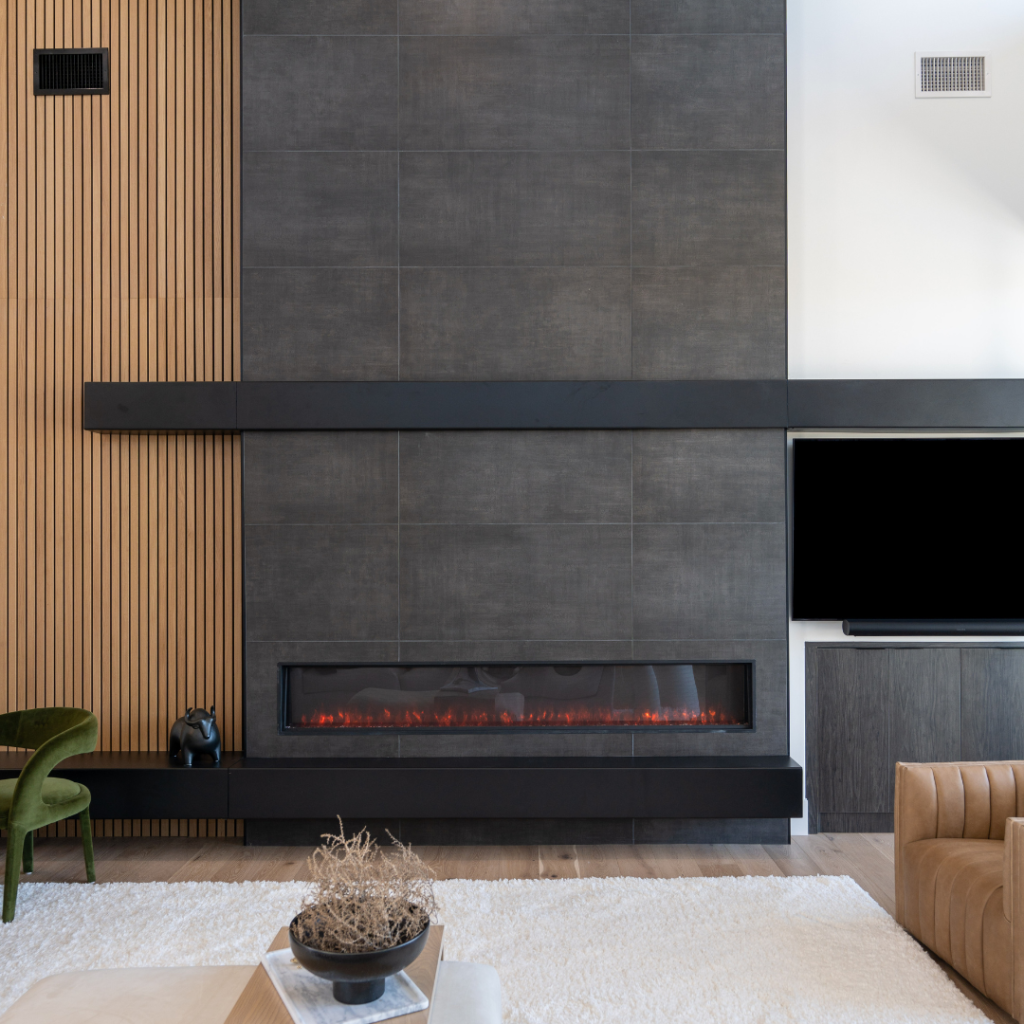
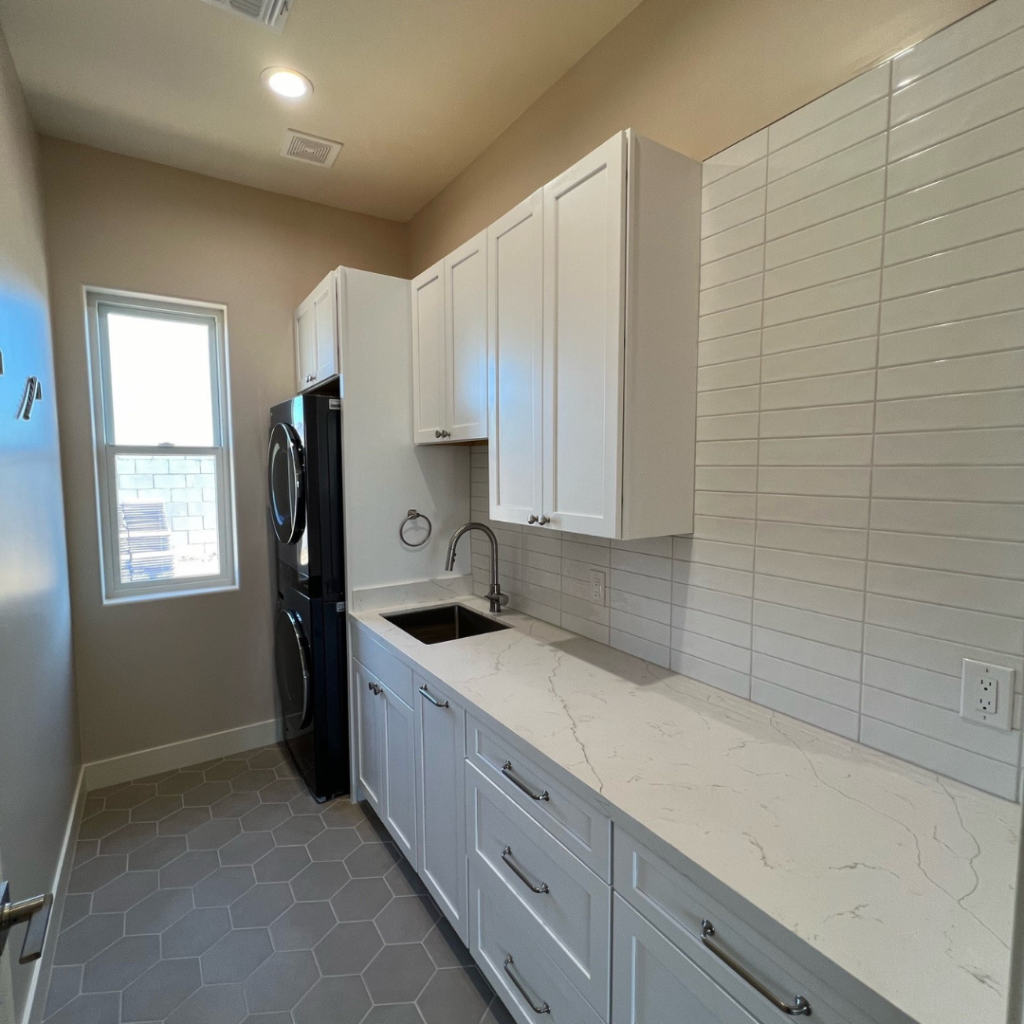
The Brick Lay Pattern: Traditional Charm
The brick lay pattern, also known as the running bond pattern, mimics the layout of traditional brickwork. This pattern offers a sense of familiarity and warmth, with both vertical and horizontal options available.
Vertical Brick Lay
- Layout: Tiles are staggered vertically, creating a subtle yet intriguing visual break.
- Best Suited For: Works well for accent walls or narrow spaces, as the vertical orientation adds height.
- Design Tip: Use tiles of varying shades to add depth and texture to the pattern.
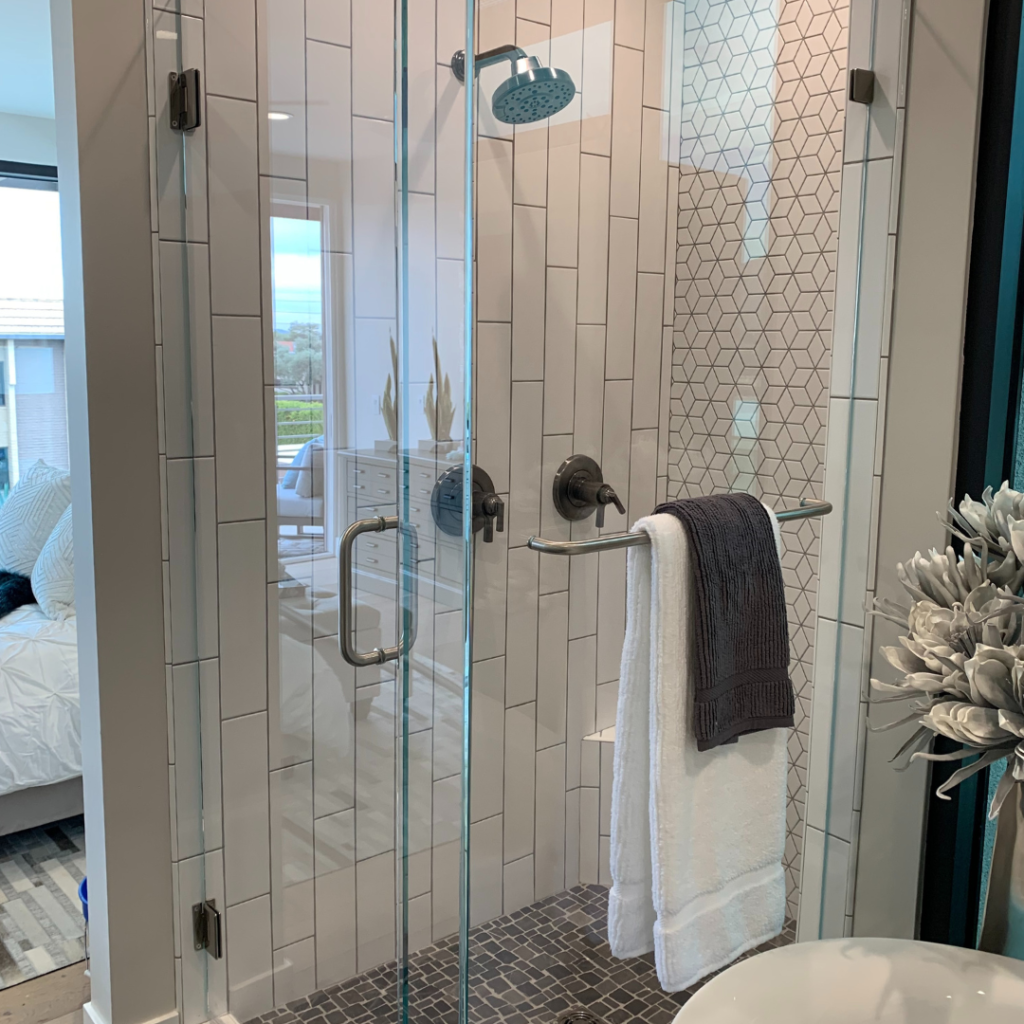
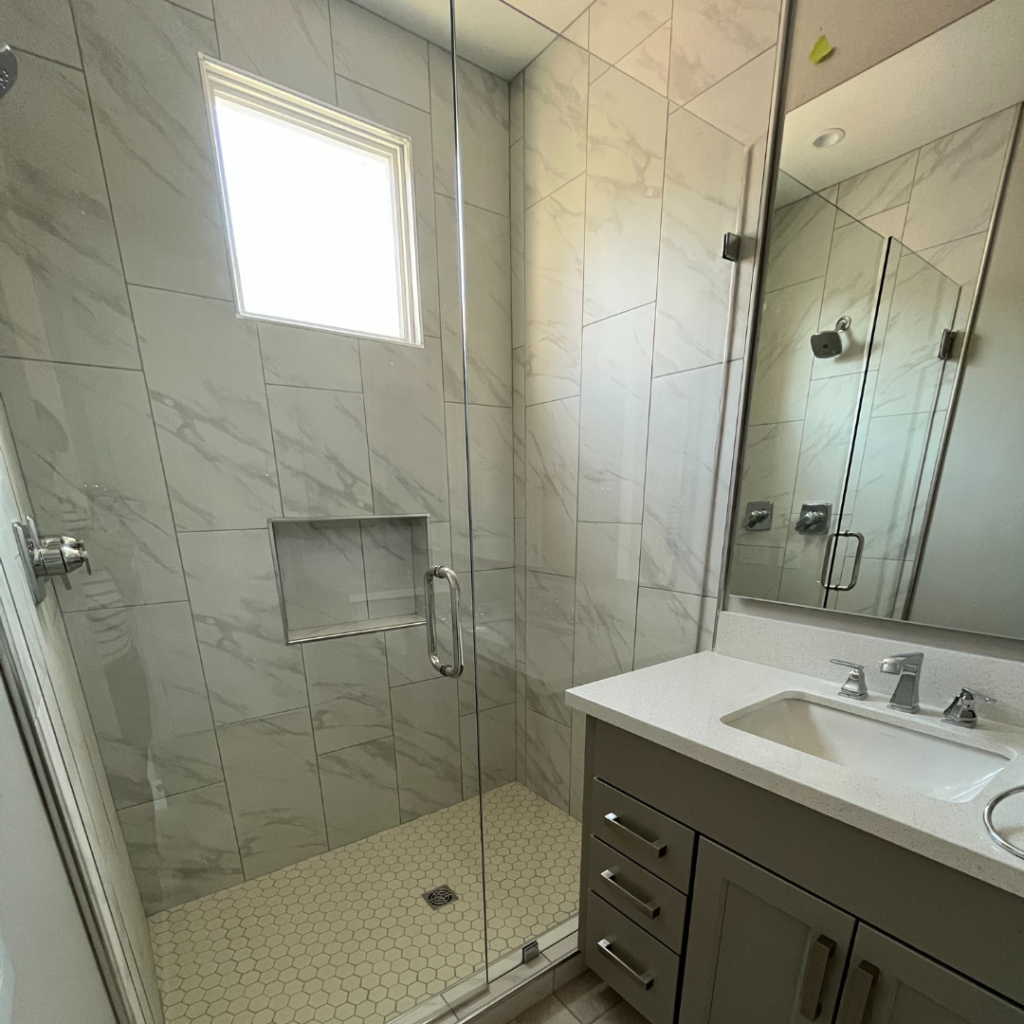
Horizontal Brick Lay
- Layout: Tiles are staggered horizontally, offering a classic and timeless look.
- Best Suited For: Ideal for floors or traditional kitchen settings, providing a comfortable and inviting atmosphere.
- Design Tip: Pair with rustic or vintage tiles to enhance the classic charm.
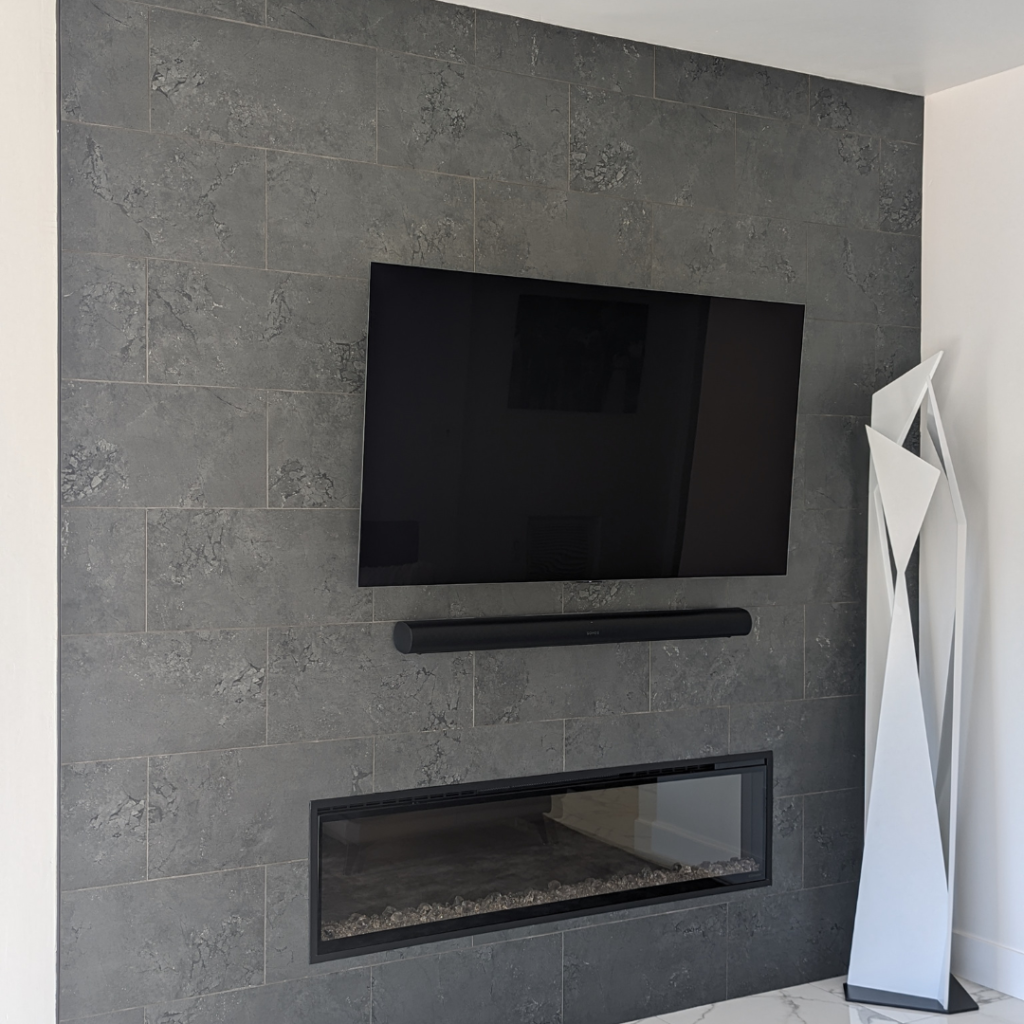
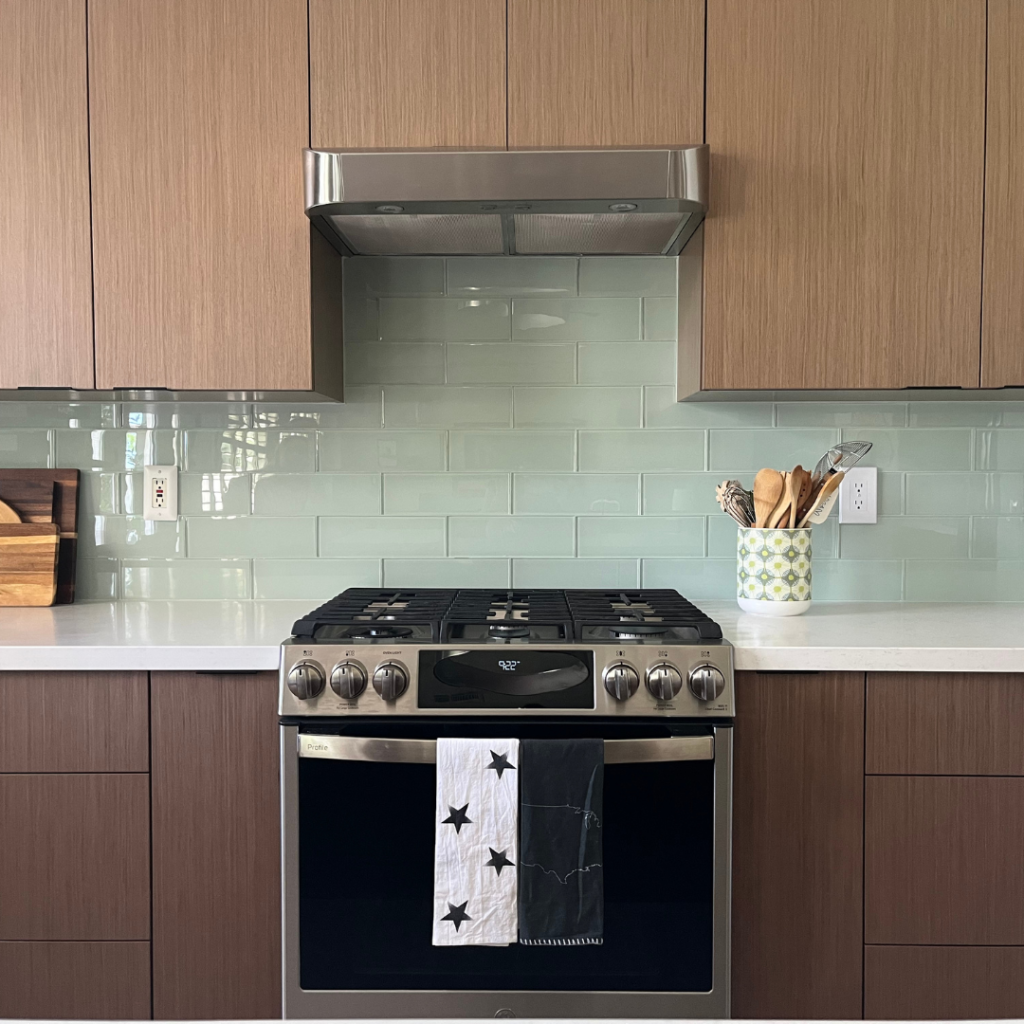
The Basket Weave Pattern: Intricate Elegance
The basket weave tile pattern brings a touch of intricate elegance to any space. This pattern mimics the look of woven fabric, creating a visually engaging texture that can elevate both walls and floors.
Basket Weave
- Layout: Typically involves rectangular tiles arranged in pairs, with each pair alternating direction to create the woven effect.
- Best Suited For: Perfect for bathrooms or entryways, where the pattern can be showcased in smaller areas for maximum impact.
- Design Tip: Incorporate a mix of materials, such as marble and ceramic, to add richness and dimension to the pattern.
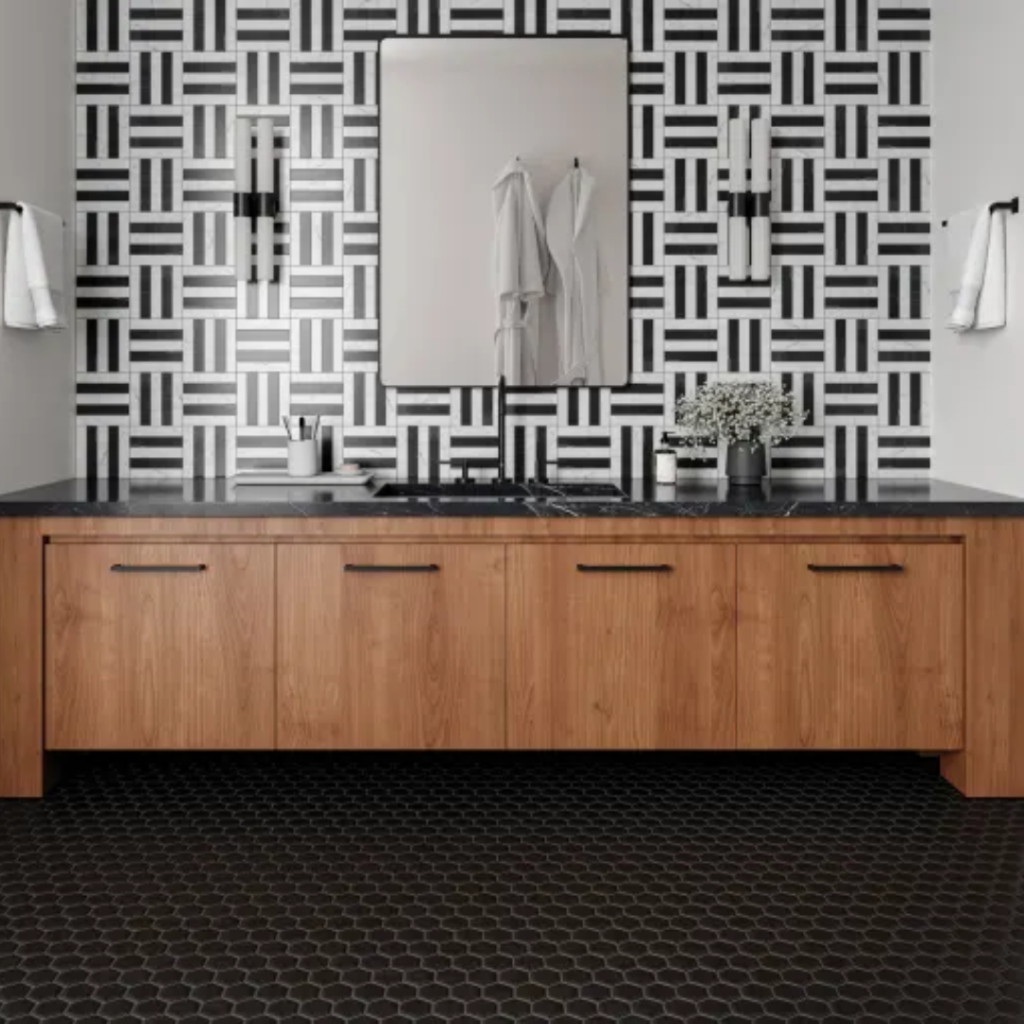
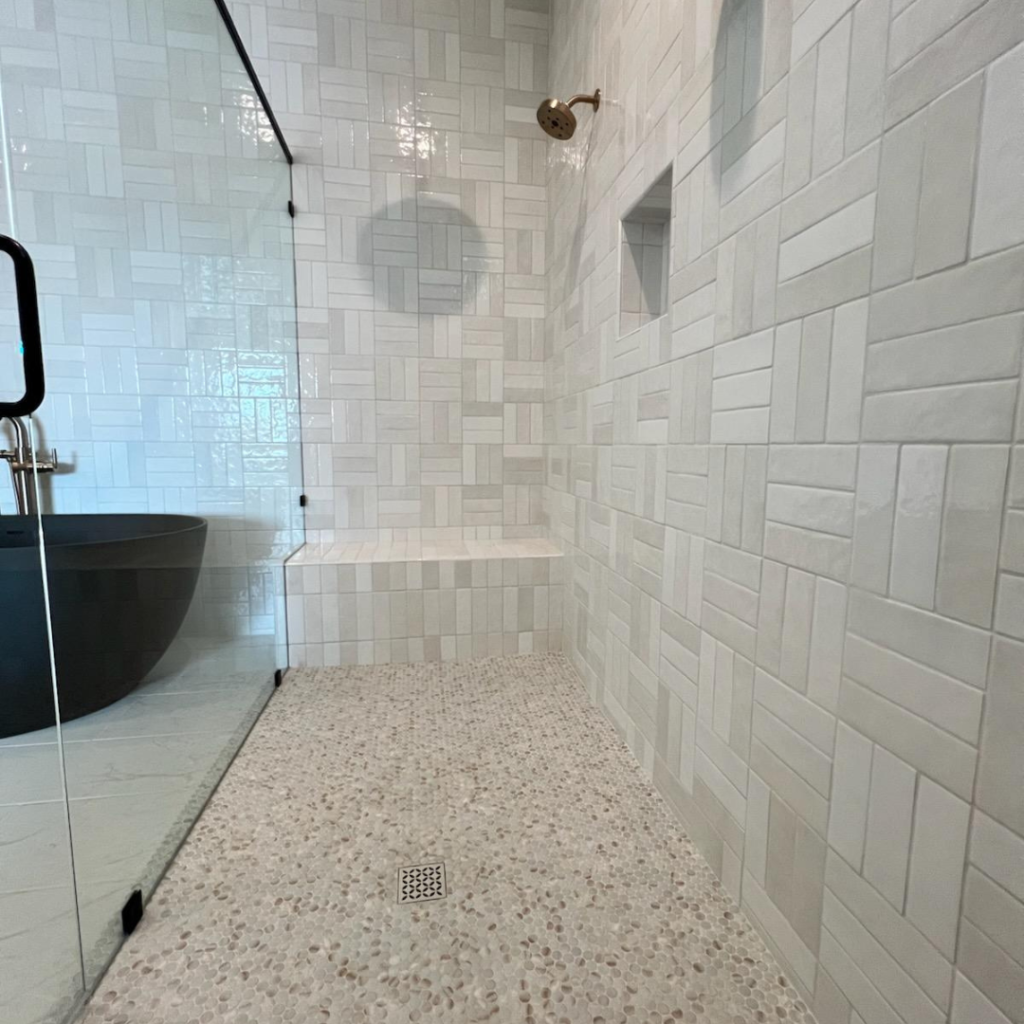
Conclusion: Choosing the Right Tile Pattern for Your Space
Each of these tile patterns offers a unique aesthetic that can transform your space from ordinary to extraordinary. When selecting a pattern, consider the size and function of your space, as well as your personal style preferences. Remember, the right tile pattern can accentuate your space’s best features and create a cohesive and inviting environment.
Reflecting on your personal style can help you identify which tile pattern resonates most with you. Additionally, think about how different tile materials might influence the overall look and feel of these patterns in your space. Have you considered the possibility of mixing multiple patterns within a single area for a more eclectic design? By exploring these considerations and reflecting on your unique preferences, you’ll be better equipped to make a decision that enhances your space.
If you’re feeling inspired and ready to see these patterns in action, we invite you to visit our showroom. Our expert team is here to help you find the perfect tile pattern to bring your vision to life. Whether you’re a seasoned designer or embarking on your first renovation project, our showroom offers a wealth of ideas and inspiration to guide your journey.
Latest Posts
- Project Spotlight: 97th Way
- Project Spotlight: Bell Rd.
- Contemporary Design: TFL, Reconstituted Veneer, and Acrylic Face Off!
- Project Spotlight: Zapata Dr.
- New Products: Carpet
Follow Us
